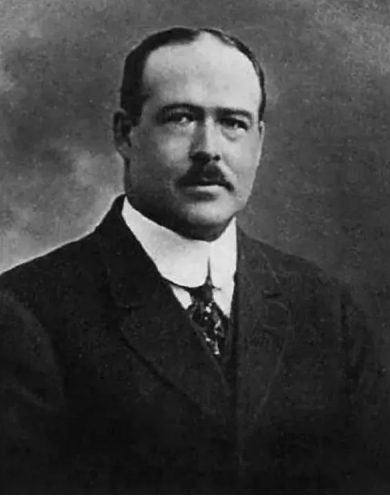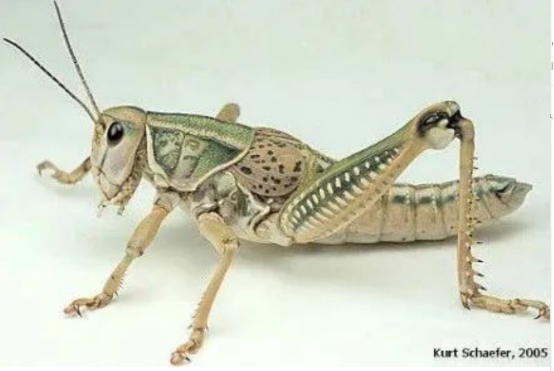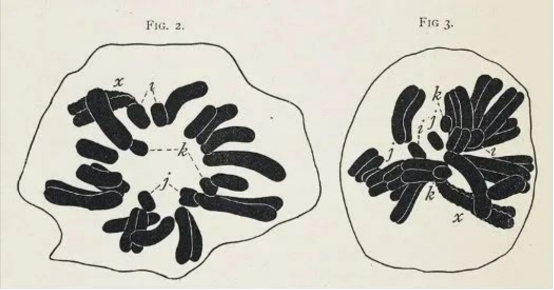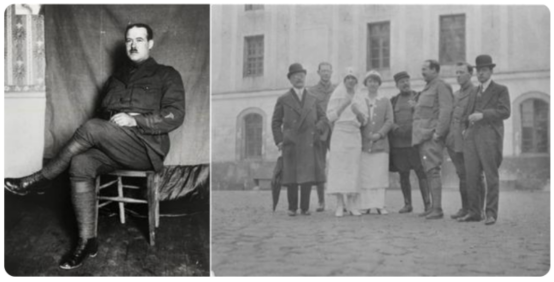Please click the button below to go to our email login page
|
The lost founder of chromosome who has only published 3 biological papers but profoundly impacts the biological research fieldThe chromosomal theory of inheritance is also termed “Sutton-Boveri theory” proposed by the American biologist, Walter Sutton and the German cytologist, Theodor Boveri. Sutton makes a profound impact upon the biological field, albeit only 3 published papers.
A rising star from engineering science to biology Sutton is quick-witted and nimble-fingered, and adept at repairing, inventing and creating. In 1897, Sutton attended the University of Kansas to study engineering, where he fully brought his talents into full play. However, during the first summer vocation in college, his younger brother died of disease, which came as a shock to him and was the reason why he transferred into biology and become a doctor in the future. Sutton studied under Clarence E. McClung, a cytologist, at the biology department of the University of Kansas. In 1900, Sutton had found orthopteran Brachystola magna, with enormous chromosomes. In the same year, he published a Master’s thesis, “The Spermatogonial Division of Brachystola magna”.
In 1902, Sutton published a paper in the Biological Bulletin, encapsulating the chromosome morphology of the Brachystola magna, and demonstrating that the homologous chromosomes are contributed by each parent. The paper ended with the hypothesis that the behavior of chromosomes during meiosis is parallel to that of “genetic factors” envisioned by Mendel, and chromosomes may be the physical basis of the Mendelian law of heredity.
In 1903, Sutton obtained a graduate degree, and traveled to Colombia University to study under cell biologist Edmund Beecher Wilson, where he published his most important paper “The chromosomes in heredity”. The lost founder of chromosome who abandoned research for medicine When Sutton has already made a name for himself at the genetics field, he abandoned the scientific research regarding zoology in genetics, and worked in the Kansas oil fields as a foreman. In 1905, when Sutton saved enough money at the age of 28, he returned to Columbia University to attend medical school. Sutton received his MD degree at the age of 30 and fulfilled his wishes to become an excellent surgeon. In 1909, Sutton set up a clinic at Kansas, and later attended the United States Army Medical Reserve Corps. In 1915, Sutton steered a medical team to Juilly, France, during World War I, leading the field hospital, rescuing considerable wounded soldiers who had been evacuated from the front line, and rendering the Juilly town one of the centers for treating the wounded.
During this time, Sutton witnessed the cruelty of war and recorded the true situation at that time. In 1916, when Sutton returned to America, he signed a contract with a publisher to publish these contents. Unfortunately, they were unpublished in the end, because the great surgeon died of ruptured appendix after several continuous operations. In his short but brilliant life, Sutton has made great contributions as a scientific researcher, surgeon and soldier. He is one of the few great biologists who is capricious and very creative. His paper on chromosome heredity is a milestone, which is said to explain “Why the Yellow Dog is Yellow”. Alfred H. Sturtevant, a student of Thomas Hunt Morgan who drew the first genetic map of chromosomes, said, “Sutton’s paper ended the history of this phase”. |




